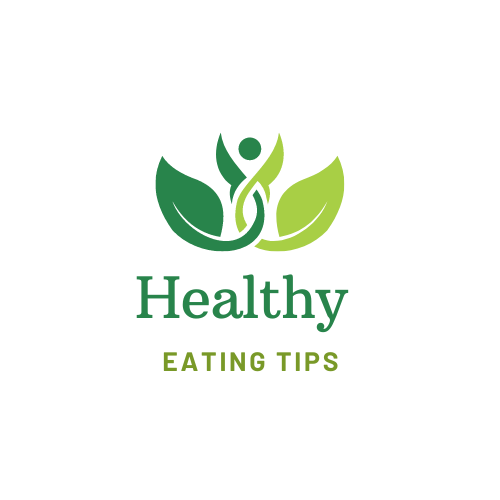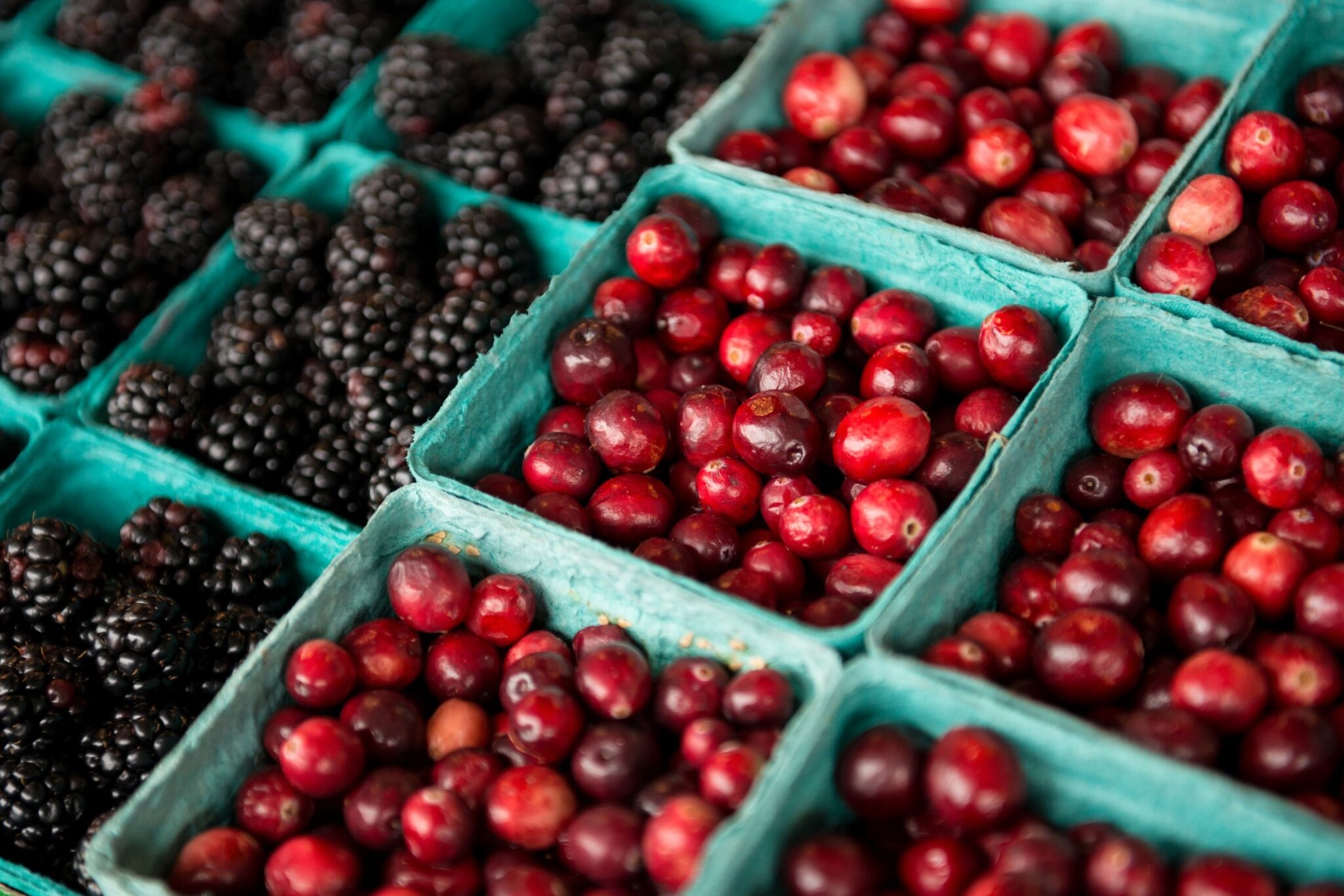Introduction
Mold is an unwelcome sight in our homes, especially when it finds its way onto our food. We often wonder whether we should discard the entire food item or salvage what’s left. Understanding the presence of mold in food is crucial for making informed decisions about what we eat. In this comprehensive guide, we will delve into the topic of mold in food, exploring the different types of mold, potential risks, and guidelines for eating safely. So let’s dive in!
What is Mold?
Before we discuss mold in food, let’s clarify what mold actually is. Mold refers to various types of fungi that thrive in moist environments. These microscopic organisms reproduce by releasing spores into the air, and they can grow on a wide range of surfaces, including food. While mold plays an essential role in the natural decomposition of organic matter, it can also pose health risks when consumed.
Common Types of Mold in Food
There are several common types of mold that you may encounter on food. Understanding these molds can help you assess the potential risks they pose. Here are a few examples:
Aspergillus
Aspergillus is a common type of mold that appears in various colors, including green, yellow, and black. It often grows on fruits, vegetables, and nuts. While some species of Aspergillus are used in food production (such as in the production of soy sauce), others can produce harmful toxins.
Penicillium
Penicillium is a blue or green mold that frequently grows on bread, cheese, and fruits. This mold is known for its distinctive spore-forming structures. While certain species of Penicillium are used in cheese production (such as in the making of blue cheese), others can produce mycotoxins.
Cladosporium
Cladosporium is a mold commonly found in fruits and vegetables, including tomatoes and cucumbers. It appears as black or olive-green spots and can also cause allergic reactions in some individuals.
Alternaria
Alternaria is a mold that typically grows on fruits and vegetables, including strawberries, oranges, and carrots. It is often identified by its dark green or black color. Some species of Alternaria produce mycotoxins, which can be harmful when ingested.
How Does Mold Grow on Food?
Mold requires specific conditions to grow on food. These conditions include moisture, oxygen, and a suitable temperature range. When these factors align, mold spores that are present in the environment can land on food surfaces and begin to grow. This is why proper food storage and handling are essential in preventing mold growth.
Is Mold in Food Dangerous?
The presence of mold in food raises concerns about potential health risks. While some molds produce toxins called mycotoxins, not all molds are harmful or produce toxins in significant amounts. However, it’s important to exercise caution when encountering mold on food. Here are some potential health risks associated with consuming moldy food:
Health Risks Associated with Moldy Food
- Allergic reactions: Mold spores can trigger allergic reactions in sensitive individuals, leading to symptoms such as sneezing, coughing, and itching.
- Respiratory issues: Inhaling mold spores, especially from heavily contaminated foods, can cause respiratory problems in some people.
- Toxic effects: Certain molds can produce mycotoxins, which, when consumed in large quantities, can lead to nausea, vomiting, and in severe cases, organ damage.
Identifying Moldy Food
Recognizing moldy food is essential for making informed decisions about whether to consume or discard it. Here are some signs to look for when identifying mold on food:
Visual Signs
Mold on food often appears as fuzzy or powdery growth in various colors, such as green, blue, white, or black. Pay close attention to any visible spots or patches on the food’s surface.
Odor
In some cases, moldy food may emit a distinct musty or unpleasant odor. Trust your sense of smell and discard any food that smells off or moldy.
Texture
Mold can alter the texture of food. Look out for sliminess or changes in texture, such as dryness or sponginess, as these can indicate mold growth.
When is it Safe to Eat Moldy Food?
While it’s generally recommended to discard moldy food, there are certain scenarios where it may be safe to consume it. Consider the following guidelines:
Hard and Dense Foods
For foods like hard cheese or firm vegetables, such as carrots, mold growth is less likely to penetrate deep into the product. In these cases, you can cut off the moldy portion, ensuring there is a significant margin around the affected area, and safely consume the rest.
Firm Fruits and Vegetables
Certain fruits and vegetables with a firm texture, like apples or bell peppers, can be salvaged by removing the moldy part. Make sure to thoroughly wash the remaining portion before consumption.
Fermented Foods
Foods that have undergone fermentation, such as sauerkraut or kimchi, often have beneficial bacteria that can inhibit mold growth. If you notice a small amount of mold on the surface, you can scoop it off and consume the rest of the fermented product.
When Should You Discard Moldy Food?
While there are instances where you can salvage moldy food, there are certain types of food where mold growth indicates a higher risk. It’s generally advisable to discard the following:
Soft and Porous Foods
Foods like bread, soft fruits, or leftovers with a high moisture content provide an ideal environment for mold to thrive. If you spot mold on these foods, it’s best to discard them entirely.
Delicate Fruits and Vegetables
Fruits and vegetables with delicate or thin skin, such as berries or leafy greens, can be more susceptible to mold growth. If you find mold on these items, it’s safer to discard them to avoid potential health risks.
Dairy Products
Mold can spread quickly in dairy products, and it’s difficult to determine the extent of contamination. It’s recommended to discard any moldy dairy products, including cheese, yogurt, or sour cream.
Preventing Mold Growth on Food
Taking proactive measures to prevent mold growth in food is crucial for ensuring food safety. Consider the following preventive steps:
Proper Storage
Store perishable food items in the refrigerator to slow down the growth of mold and bacteria. Keep the refrigerator clean and maintain the appropriate temperature to inhibit mold development.
Regular Inspection
Regularly inspect your food, especially perishable items, for signs of mold. This includes checking for any visual changes, unusual odors, or texture alterations. Discard any food that shows signs of mold growth.
Moisture Control
Keep food storage areas clean and dry to minimize moisture, as mold thrives in damp environments. Use airtight containers for storing food and ensure proper ventilation in your kitchen.
Conclusion
Mold in food can be a concerning issue, but with proper knowledge and precautions, you can make informed decisions about what is safe to eat. While certain types of mold pose health risks, there are instances where you can salvage moldy food by removing the affected parts. However, for foods prone to mold growth or those with a higher risk, it’s best to err on the side of caution and discard them. By practicing proper food storage, regular inspection, and moisture control, you can reduce the likelihood of mold growth and ensure a safer eating experience.
FAQs
- Can I cut off the moldy part and eat the rest?
- For hard and dense foods like hard cheese or firm vegetables, you can cut off the moldy portion, ensuring a significant margin around it, and safely consume the rest. However, exercise caution and discard if the mold has penetrated deep or the food shows signs of spoilage.
- Is it safe to eat moldy cheese?
- Some cheeses, like hard cheeses, can be salvaged by cutting off the moldy part. However, soft cheeses or those with a high moisture content should be discarded entirely if mold is present.
- Can moldy bread make you sick?
- Moldy bread should be discarded entirely. Some molds can produce harmful toxins that can cause illness if consumed, and it’s difficult to determine the extent of contamination in bread.
- Should I refrigerate food to prevent mold?
- Refrigeration can help slow down the growth of mold and bacteria on perishable food items. Proper storage and temperature control in the refrigerator are essential in preventing mold growth.
- How long does it take for mold to grow on food?
- The time it takes for mold to grow on food can vary depending on factors such as temperature, moisture, and the type of food. In favorable conditions, mold can start growing within 24 to 48 hours. Regularly inspect your food to catch any signs of mold growth early.

